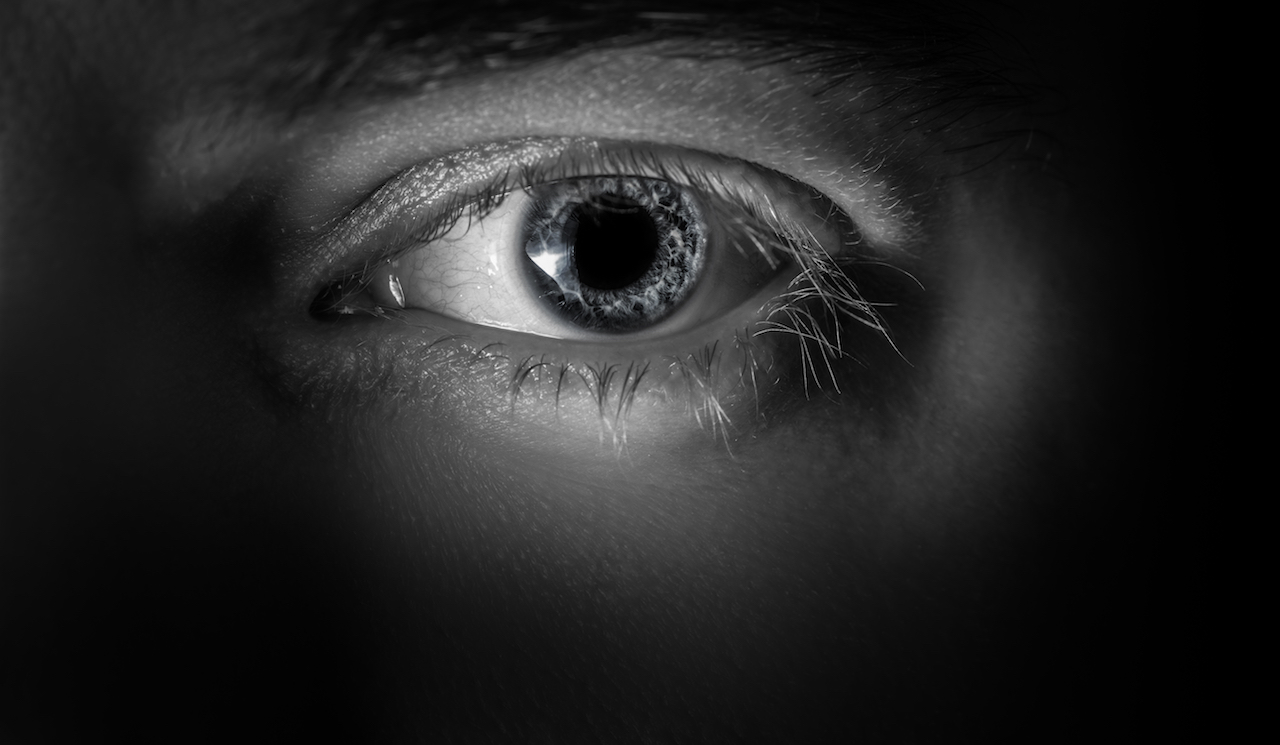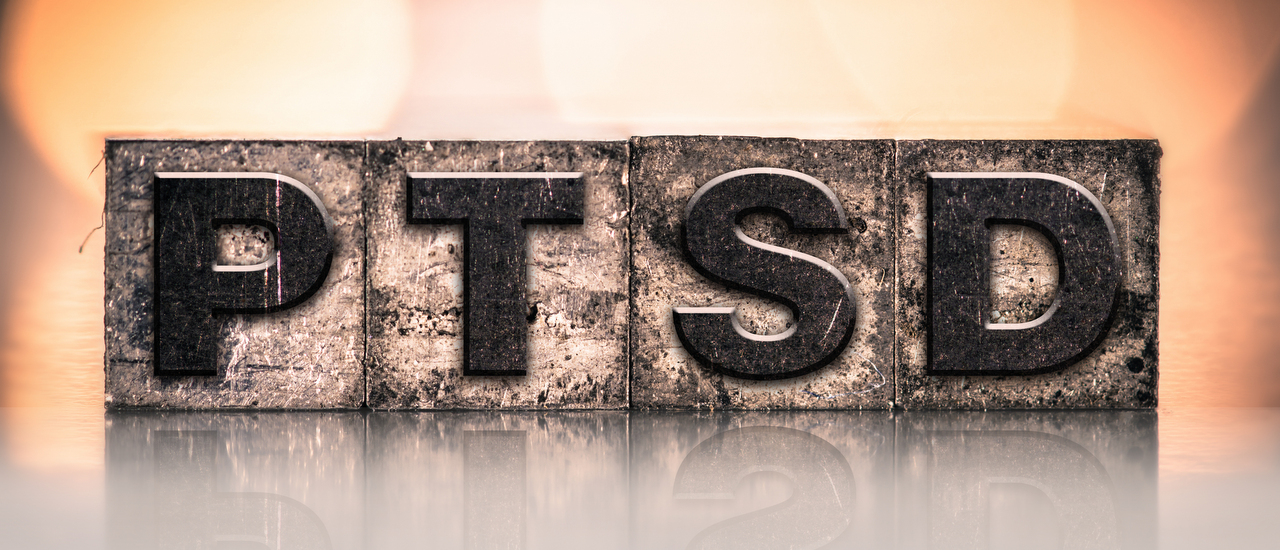Post-traumatic stress disorder (PTSD) develops in people who have experienced a shocking, scary, or dangerous event. It can be caused by traumatic events, like a car accident, natural disaster, near-death experience, or other isolated acts of violence or abuse.
When the underlying trauma is severe and repetitive, some mental health professionals make a distinction between PTSD and complex PTSD (CPTSD).
Complex PTSD, also known as c-PTSD or CPTSD, is a condition where you experience some symptoms of PTSD along with additional symptoms, including :
- Difficulty controlling emotions
- Feeling hostile or distrustful towards the world
- Constant feelings of emptiness or hopelessness
- Feeling permanently damaged or worthless
- Feeling different to others
- Feeling like no one can understand what happened to you
- Avoiding friendships and relationships, or finding them difficult
- Frequent suicidal feelings
- Preoccupation with perpetrator (becoming obsessed with the abuser, dissecting the relationship with the abuser, and/or becoming preoccupied with revenge)
- Changes in self-perception
C-PTSD vs PTSD
While PTSD can develop in response to short-term exposure to a single traumatic event, C-PTSD develops only when you have experienced severe, repetitive trauma over a long period of time.
The World Health Organization made the decision to include C-PTSD as its own separate diagnosis in the 11th revision of the International Statistical Classification of Diseases and Related Health Problems (ICD-11), published in June 2018.
What causes complex PTSD?
The types of traumatic events that can cause complex PTSD include:
- Childhood abuse, neglect or abandonment
- Ongoing domestic violence or abuse
- Repeatedly witnessing violence or abuse
- Being forced to become a sex worker
- Torture, kidnapping or slavery
- Being a prisoner of war.
You are more likely to develop complex PTSD if:
- You experienced trauma at an early age
- The trauma lasted for a long time
- Escape or rescue were unlikely or impossible
- You were harmed by someone close to you
- You’ve experienced multiple traumas
Risk factors
While anyone can develop CPTSD, some people may be more likely to develop it than others. Aside from having past traumatic experiences, additional risk factors include:
- Underlying mental illness, like anxiety or depression, or a family history
- Inherited personality traits
- How your brain regulates hormones and neurochemicals in response to stress
- Not having a strong support system or having a dangerous job
Treating complex PTSD
Treatment will depend on your personal circumstances. You may be offered therapies used to treat PTSD, like trauma-focused cognitive behavioural therapy or eye movement desensitisation and reprocessing (EMDR).
Treatment for other problems like depression or alcohol addiction will also be addressed.
If you’ve had symptoms of post-traumatic stress for at least a month which interfere with your daily life, your doctor will likely start with a diagnosis of PTSD.
Depending on the traumatic event and whether you have additional symptoms, like ongoing relationship problems or trouble controlling emotions, it’s possible you will be diagnosed with CPTSD.





